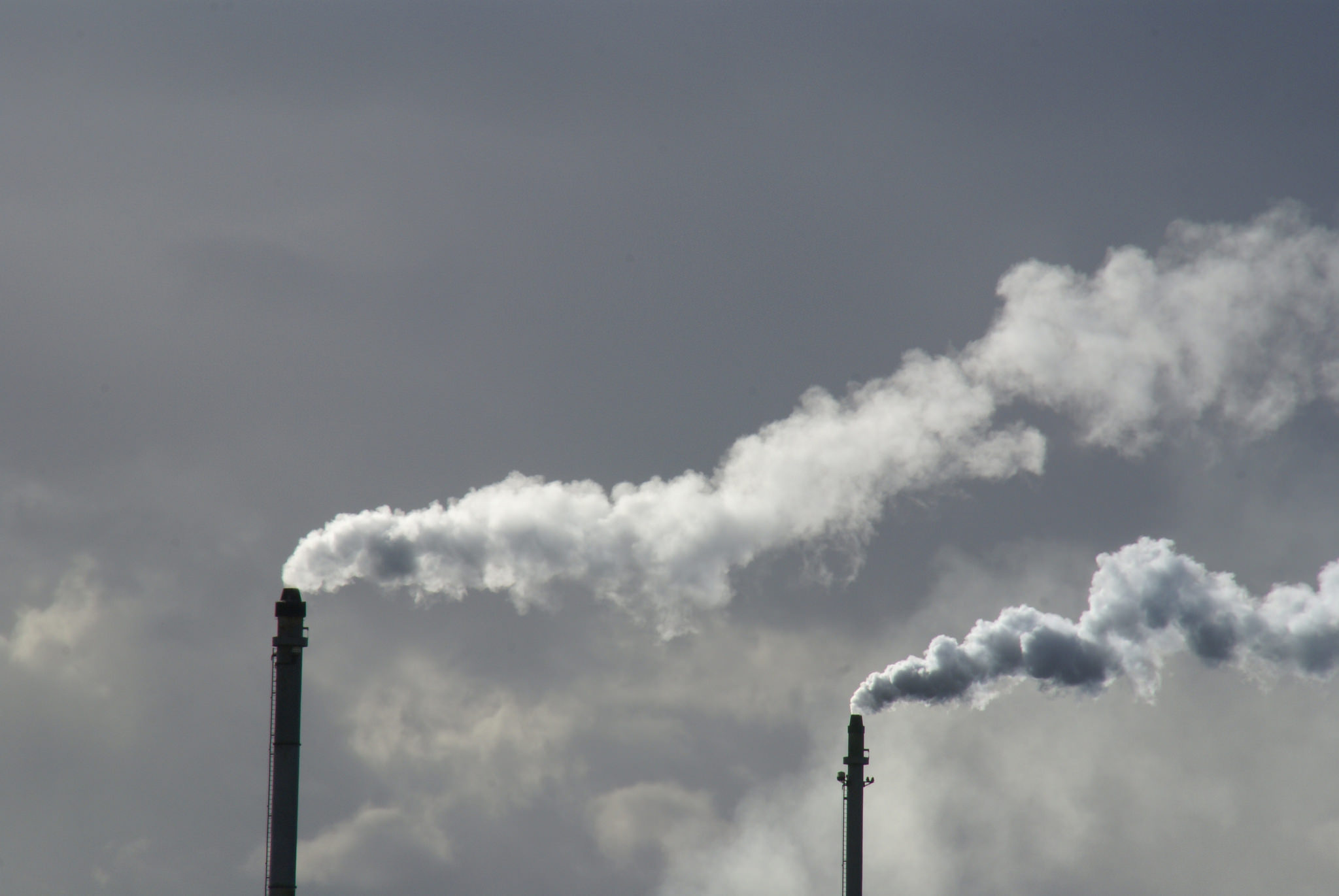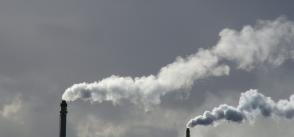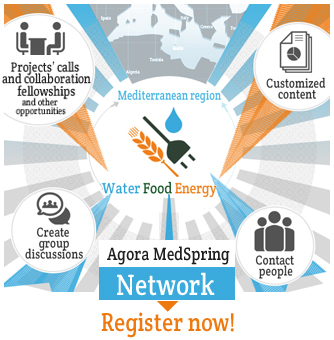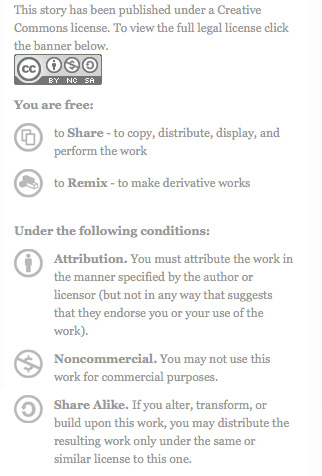
Paris Climate Agreement Enters Into Force: What Does This Mean For Food And Agriculture?
The Paris Climate Agreement entered into force last week, heralding a major milestone in international action on climate change, and an ambitious target to contain global temperature rise to well below 2°C above pre-industrial levels, in this century. Over 100 countries, which account for nearly 70% of global emissions, have ratified the Agreement, and are now obliged to deliver on their commitments and convert their plans into action. But unless countries act decisively and meaningfully, and increase their ambitions over time, this will not be enough to safeguard food and farming.
Future food security in a changing climate
The Paris Agreement is made up of Intended Nationally Determined Contributions (INDCs), which are climate action plans developed by countries, outlining their priorities and measures. The INDCs of countries overwhelmingly put agriculture the top of the list for climate action; over 60% of submitted INDCs included mitigation in agriculture. And of the countries which included adaptation, over 90% included adaptation in agriculture. African countries in particular have expressed a clear desire to tackle these issues: 98% of African countries included adaptation actions in agriculture and 68% included mitigation actions in agriculture.
[Full article here | Photo by Ian Britton]







